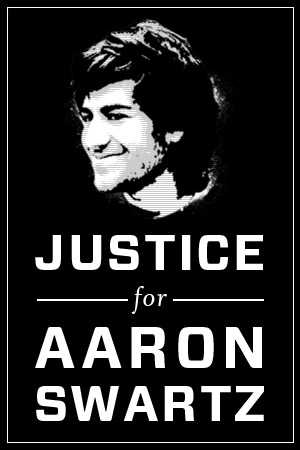Muhammad Siyad Barre, the dictator of the Somali Democratic Republic since 1969, flees Mogadishu as rebels overrun his palace and capture the Somali capital.
In 1969, Somalian President Abd-i-rashid Ali Shermarke was assassinated, and a few days later Major General Barre seized power in a military coup. Barre’s government developed strong ties with the USSR and other Soviet-bloc nations during the 1970s but in 1978 lost Soviet support when it invaded Ethiopia to regain pre-colonial Somali territory. The attack was repelled within a year, but protracted guerrilla warfare continued into the 1980s, bolstered by U.S. support for the Somalis. Several hundred thousand refugees fled to Somalia to escape the conflict, and by the late 1980s economic depression contributed to the outbreak of civil war in Somalia.
In early 1991, rebels ousted Barre after intense and bloody fighting, and Ali Mahdi Muhammad of the United Somali Congress took control of Mogadishu and the rest of southern Somalia. The Somali National Movement gained control of the north, the old British Somaliland, and proclaimed it the independent Somaliland Republic.
In 1992, civil war between the two Somalias, internal clan-based fighting, and the worst African drought of the century created devastating famine, which threatened one-fourth of the Somali population with starvation. In response, troops from the United States and other U.N. nations occupied Somalia in late 1992 to ensure distribution of food aid and to suppress Somalia’s warring factions. Although many of the U.N.’s temporary humanitarian aims were achieved, the military operation was largely unsuccessful. In 1993, a national cease-fire was signed, but no central government was formed, and fighting erupted again in the same year.
On October 3, while on a mission to capture two warlords loyal to Mohammed Farah Aidid, Mahdi’s rival, two U.S. Black Hawk helicopters were shot down in Mogadishu. Although the mission was successful, Somalis killed 18 American and 1 Malaysian soldier and injured dozens of others. The events of this notorious so-called Battle of Mogadishu have been adapted into a novel, Black Hawk Down, and a film of the same name. In 1994, largely as a response to the bloody battle, U.S. President Bill Clinton withdrew American troops from Somalia. In March 1995, fighting continued in the country as the last international peacekeepers left. Aidid declared himself president of Somalia in June 1995 amidst continued violence; he died of a gunshot wound a little over a year later.
On October 10, 2004, Abdullah Yusuf was elected president of Somalia in an election held in Kenya for safety reasons. Fighting amongst rival warlords continued, especially in Mogadishu, and full-scale civil war broke out in the spring of 2006.






Jan 27, 1991: Somalia Dictator Flees | Censorship in America…
Here at World Spinner we are debating the same thing……